Construction Technology 6 Assignment 2: Hydraulic Services Project
VerifiedAdded on 2023/06/04
|8
|924
|432
Practical Assignment
AI Summary
This document provides a comprehensive solution to a Construction Technology 6 assignment focused on hydraulic services for a proposed office development. The assignment encompasses several key aspects of building services design, including pump sizing calculations, determination of flow rates, and design considerations for both sanitary drainage and stormwater management. The solution details the process of sizing a pump, considering factors like flow rate, total differential head (including static and frictional head losses), and pump power. It includes calculations for both suction and discharge lines, taking into account pipe diameters, lengths, fittings, and fluid properties. Furthermore, the assignment addresses the calculation of flow rates for an apartment building, considering fixture units and head loss calculations. The stormwater section requires the design of a detention tank, considering rainfall intensity and local council regulations. The document references relevant standards, codes, and rainfall-runoff models, providing a detailed and practical approach to hydraulic services design in construction.
1 out of 8
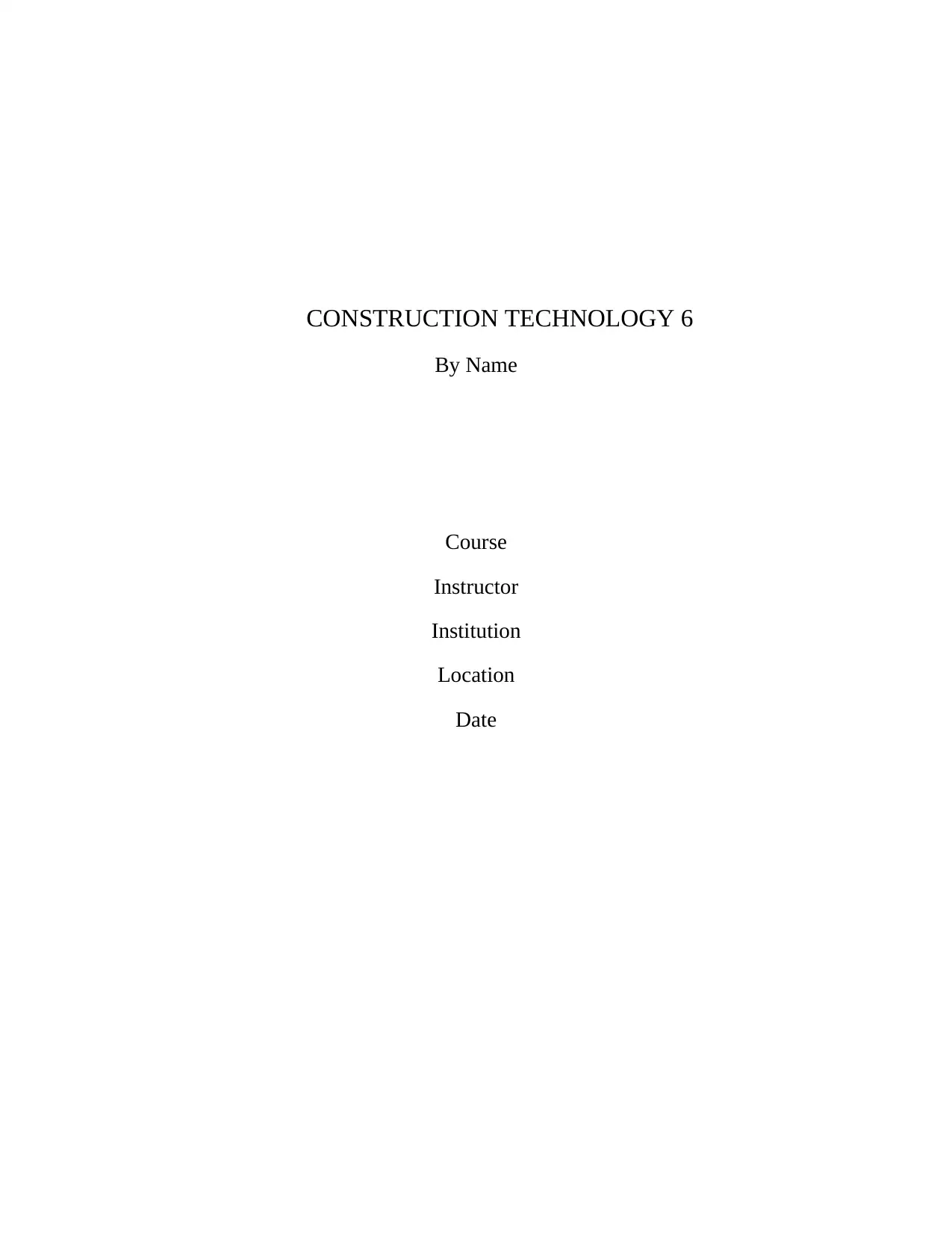
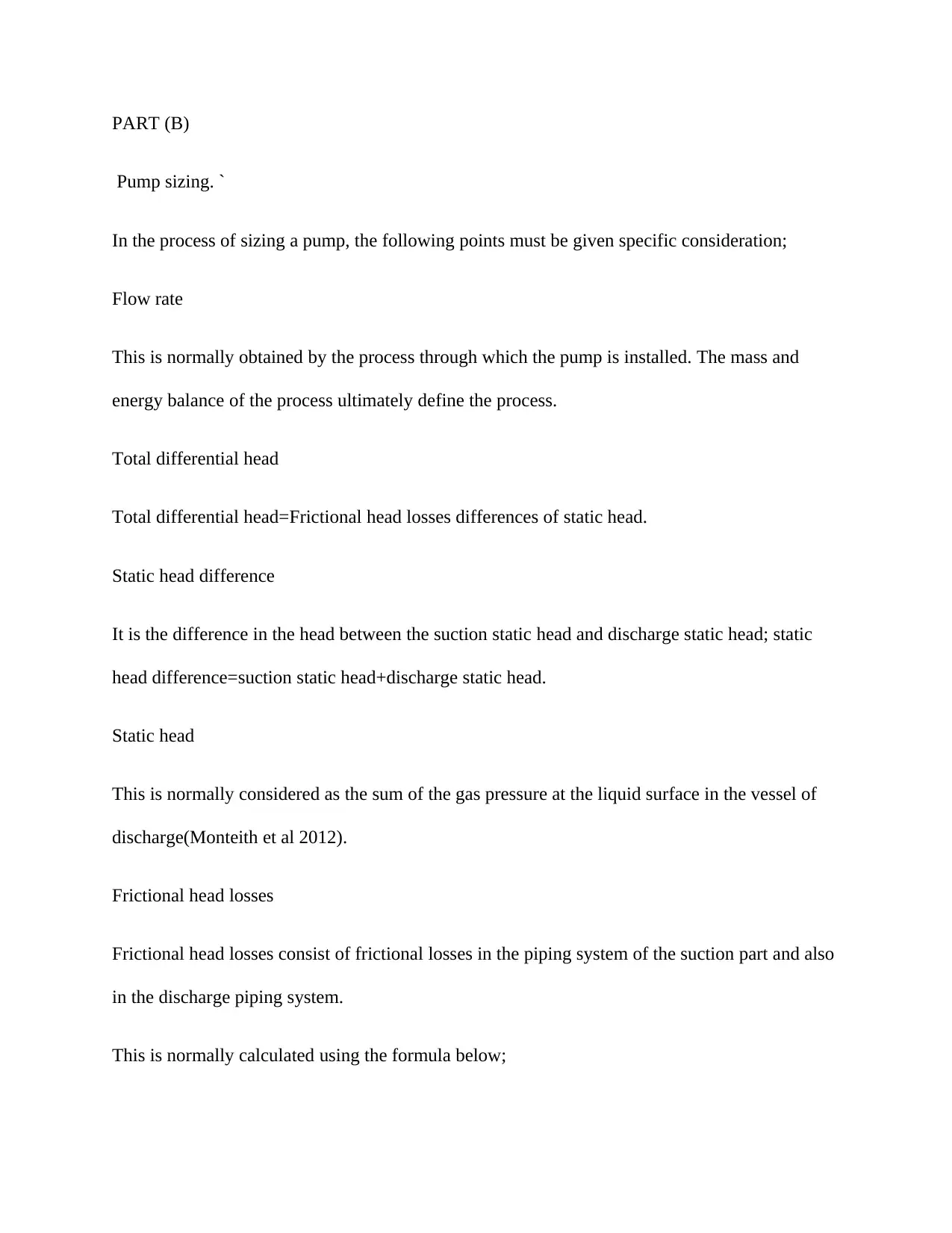
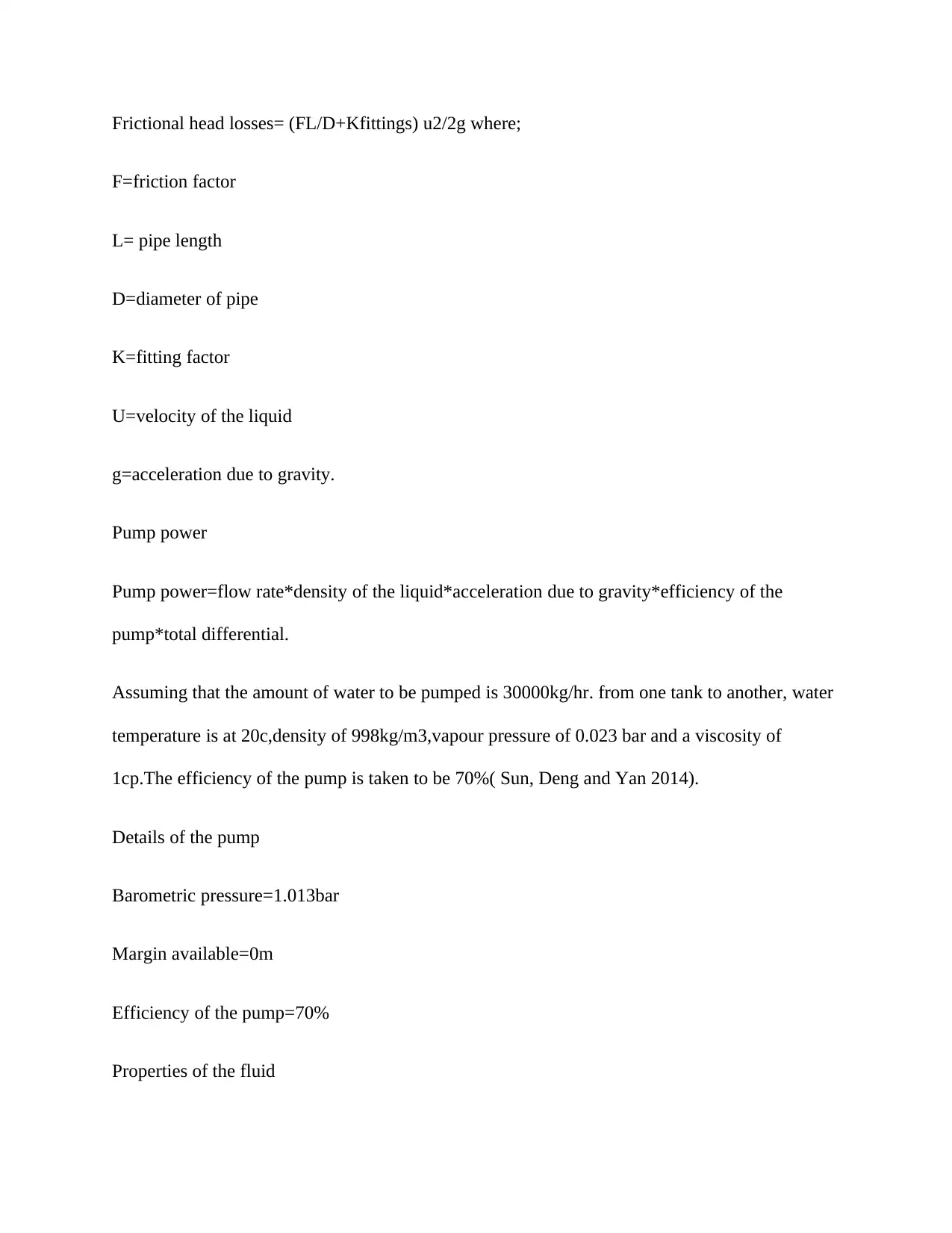

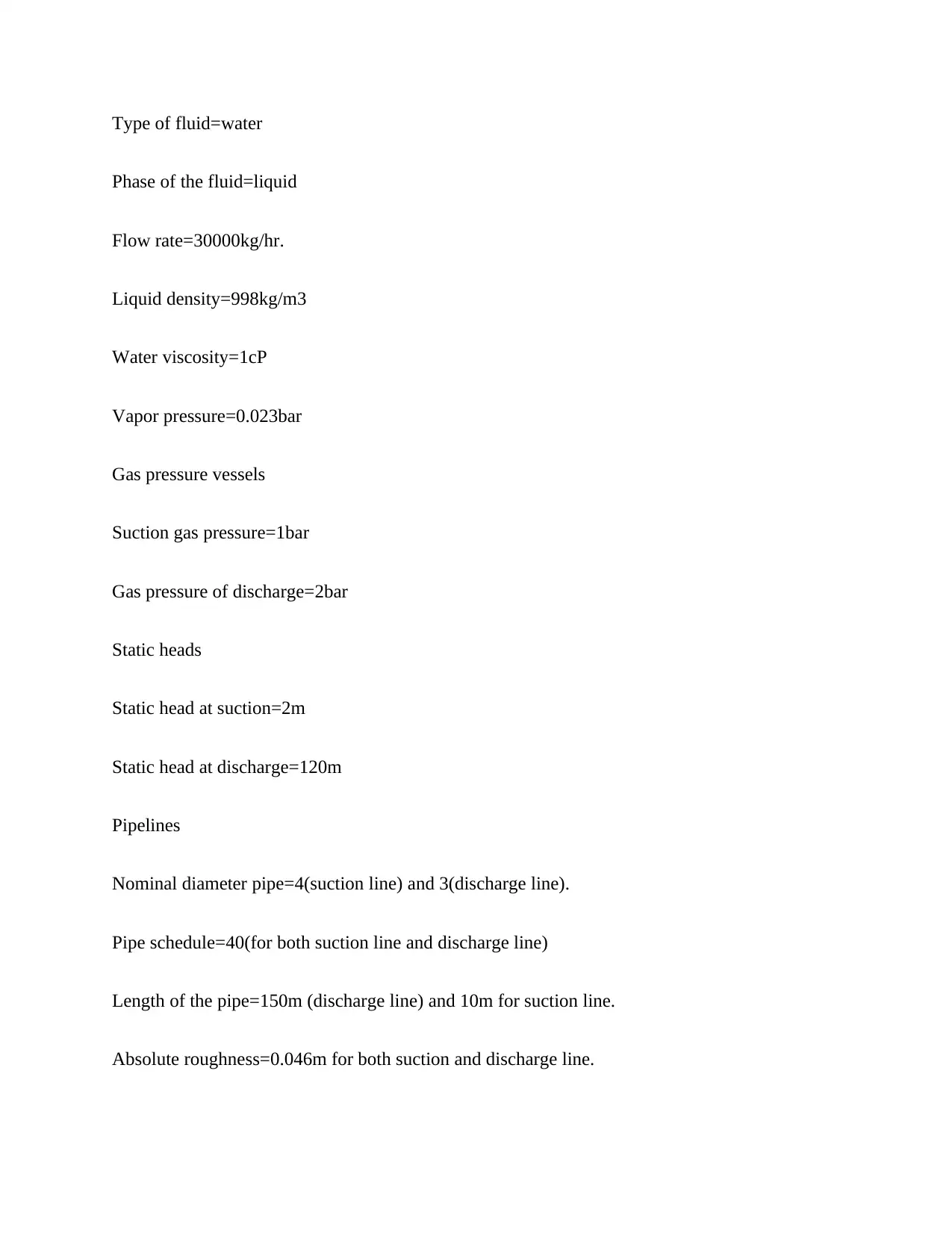

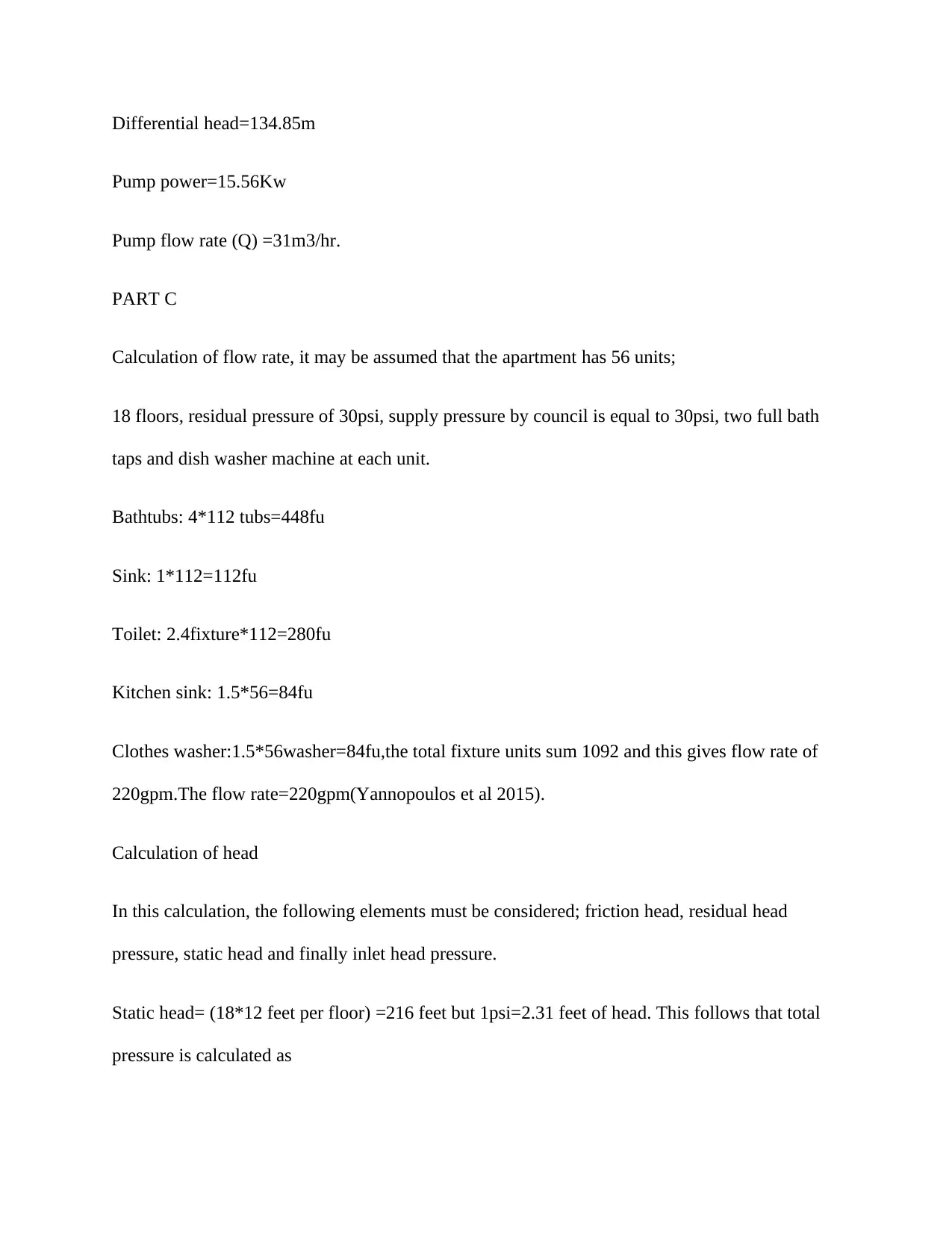

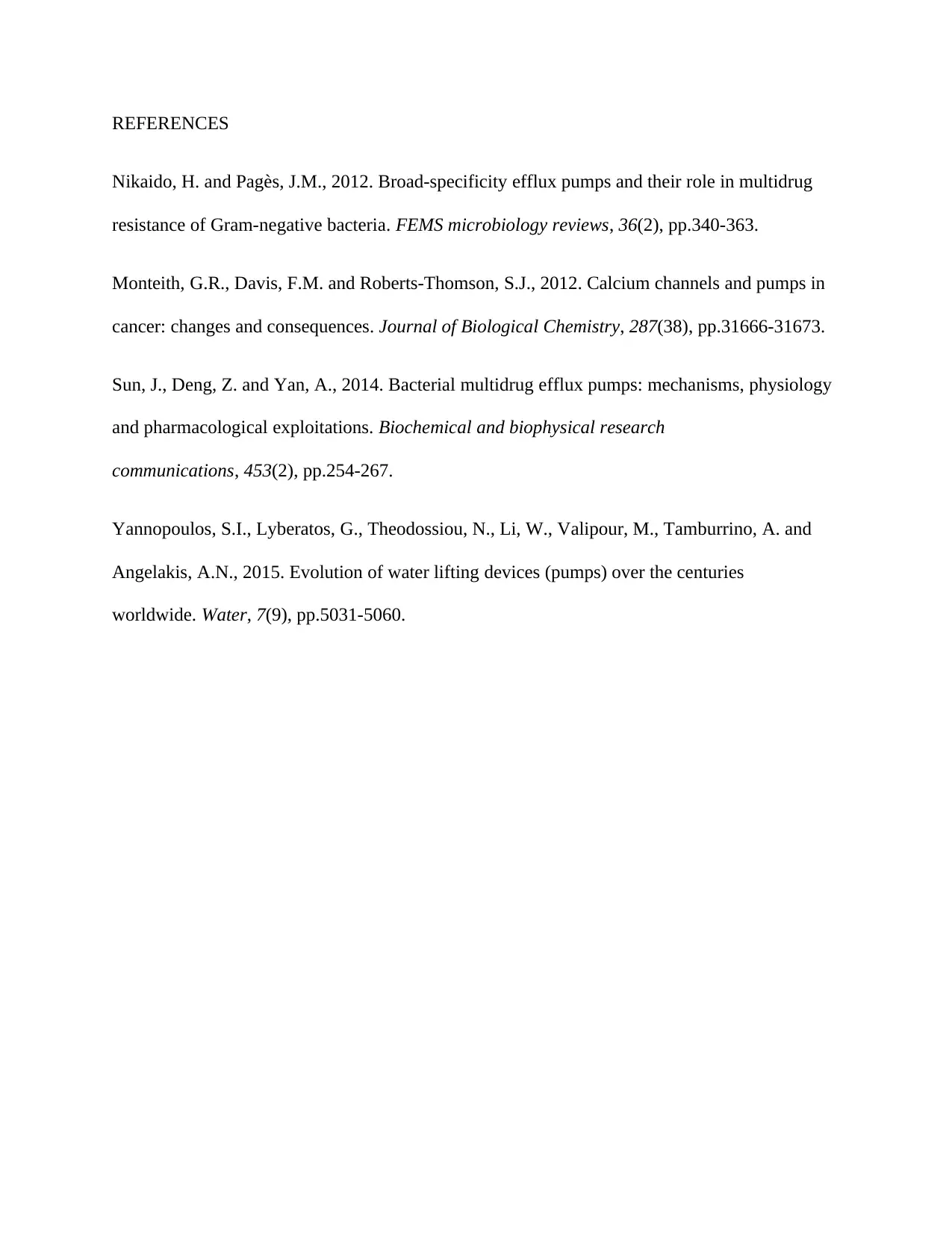






![[object Object]](/_next/static/media/star-bottom.7253800d.svg)